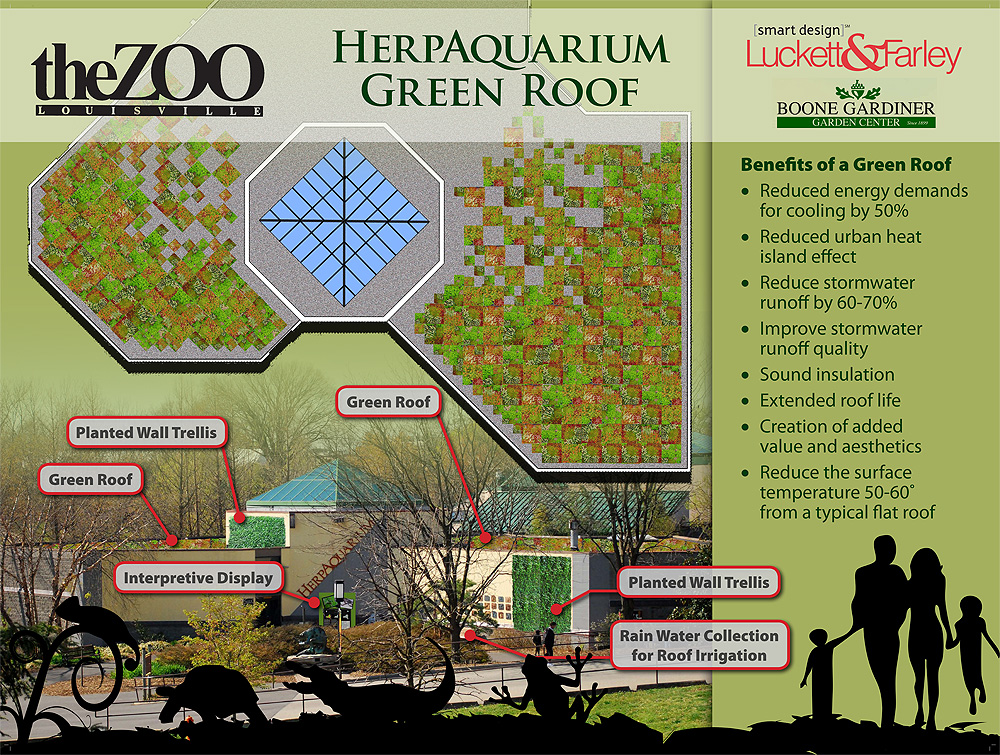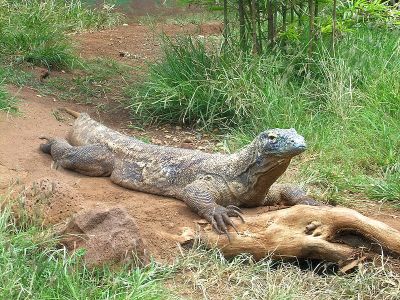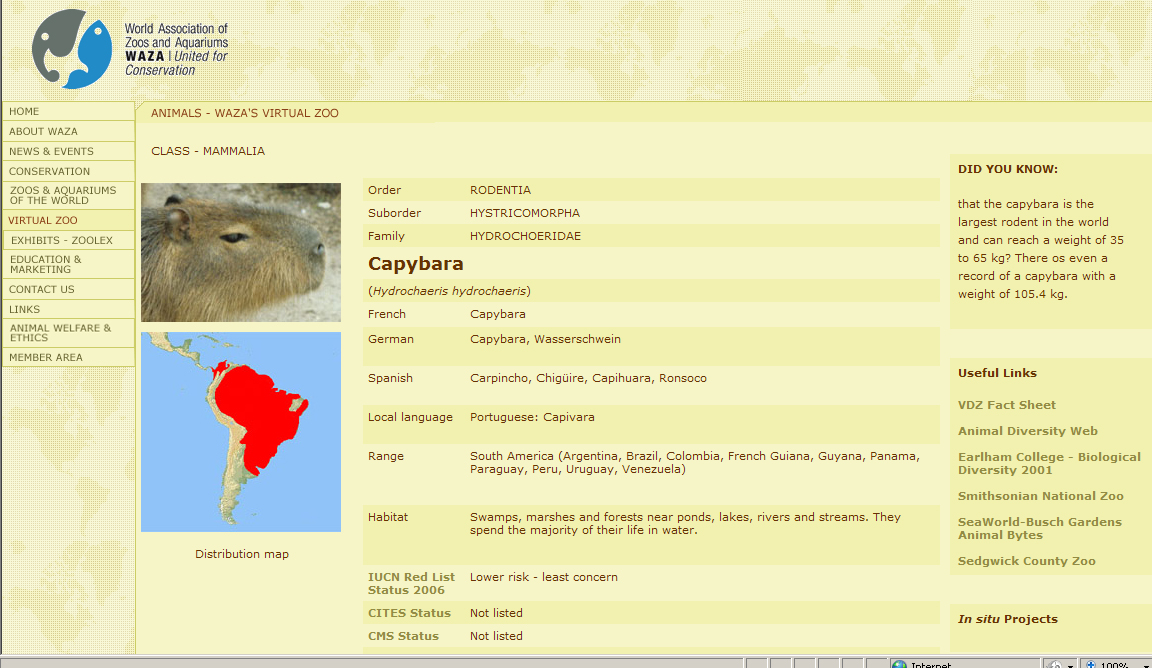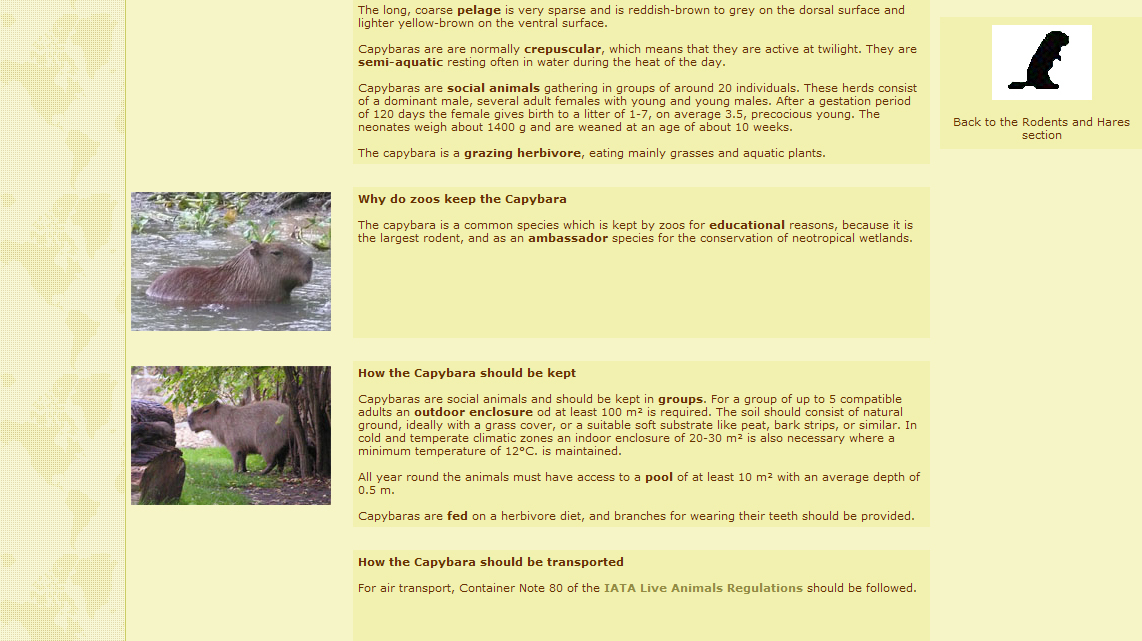People are always floored when they learn what I do for a living. I don't blame them. It's not like high school guidance counselors are pushing kids to become zoo designers or aquarium architects. There are no high-profile television shows about zoo designers, no yearly review of the best zoo design schools at the best price.

Ultimately, this lack of awareness about our field brings questions. And one that is always, guaranteed to come up is 'where did you learn to do this?' When I describe my homemade educational program achieved through determination, passion and a plucky ingenuity, indelibly, my listener almost always appears disappointed with my answer.
So, in an effort to reduce the looks of disappointment that my fellow zoo designers must endure, I've introduced a new educational, career development program within PGAV. This program is called the "Specialty Development Group (SDT)."
At PGAV, we have many specialists: ride designers, green designers, interpretive & storyline developers, resort designers, among others. And most of these specialists learned their trade through their own plucky ingenuity and years of experience. But, we have many young people at PGAV as well. People who have a passion for destinations like theme parks, aquariums and zoos, but who may not have had the chance to pursue a specialty in school due to strict program requirements.
In an effort to fully develop these young designers, we've decided to actively teach them, rather than hope they pick up the nuances of these specialties through on the job training. The Zoo Design SDT which I lead is the pilot program. We have a small group of three trainees, myself as leader, and a VP, who has over 20 years of experience in the animal exhibitry field.
We meet once a month for about an hour. In this time, we discuss any news that we've found interesting over the last month, including project news or world zoo / aquarium happenings. We usually have one person give a quick site visit presentation (they are required to visit 3 zoos or aquariums over the yearlong course), then delve into the monthly discussion or lecture.
The monthly topics are pre-determined via syllabus and have been chosen and arranged to allow a logical flow from general zoo design philosophy into specifics, like LSS design and enrichment. This portion of the program is very much like a class, with required readings, in-meeting activities, discussions, formal lectures and guest speakers.
Beyond these meetings, we go on field trips together, and we create a monthly Animal of the Month info sheet to be shared with the entire PGAV office. These sheets cover everything from the basics (animal size, conservation status, behavior, social structure) to husbandry requirements and recommendations to the world's best exhibits.

The participants are also required to write two papers during the year. The first, a simple white paper, is open to any topic of interest to the participant, limited only to the subject of zoo or aquarium design. The second, and final project, is a paper addressing the future of zoo design--a topic of great interest to everyone in zoo design.
Of particular note, the SDT is not supposed to function as a class. Everyone attending the meetings must partake in the activities and homework. So, as leader, not only do I create the lesson plan and lectures, but I also do research for the Animal of the Month info sheets, write papers, and present on site visits. In this way, not only do the newbies learn, but the experienced zoo designers continue to learn as well.
Personally, I've found the SDT has renewed my passion and required me to not site idly by, as is so easy to do as a professional. This type of professional development requires me to evaluate day to day work, to think more deeply about philosophy and ethics and about the long-term implications of everything we do as designers.
Even more, I'm so proud of our participants who, despite a very taxing workload, are able to attend meetings regularly, excitedly share experiences, and think critically about the topics we discuss.
I'm very proud to be leading the charge to help educate our future zoo design leaders and hope other professionals at zoo design firms take advantage of our experiences with this issue.
If you are interested in our program description or syllabus, please email me directly. I'm glad to share!













 AZA has not published the new husbandry guidelines for many species, and the previous guidelines were for mammals only. The International Wildlife Rehabilitation Council has published their own set of husbandry guidelines specific to rehabbing wildlife. However, these guidelines can be very useful, especially in reference to bird and reptile species, when programming exhibit spaces.
Download the guide
AZA has not published the new husbandry guidelines for many species, and the previous guidelines were for mammals only. The International Wildlife Rehabilitation Council has published their own set of husbandry guidelines specific to rehabbing wildlife. However, these guidelines can be very useful, especially in reference to bird and reptile species, when programming exhibit spaces.
Download the guide 


























